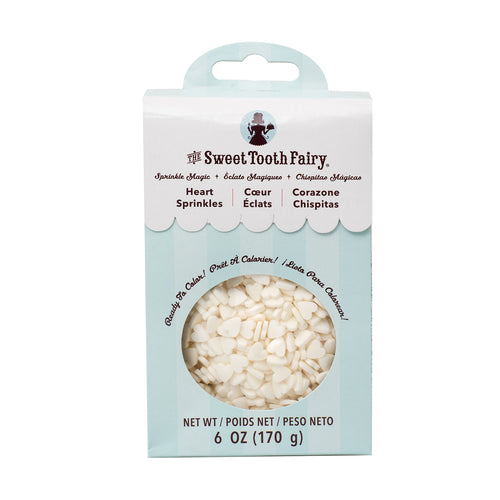The first Friday of February has been, for the past decade or more, a day to wear red to remember Women's Heart Health. It's important because women's cardiac symptoms are often very different from men's, and tend to be ignored — yet heart disease and heart-health-related causes are the most common cause of death among women.
It's been a bit of a dilemma for me to wear red since the Diabetes Online Community started the practice of wearing blue on Fridays for Diabetes Awareness, and I've been living with type 2 diabetes for the past seventeen years. (The irony is even greater when one considers that living with
any type of diabetes raises one's risks for heart disease and heart-related death, and that the diabetes that caused the heart-related death is often ignored in the post-mortem.)
Some years, I'll honor both by wearing a blue base layer with a red short-sleeved shirt. This year, I decided to use bleach, dye, and
my Cricut to create a blue-edged T-shirt with both
Go Red and
World Diabetes Day (WDD) logos.
My original idea was to have the blue circles ringing around the sleeves, half into the blue-dyed areas; I was debating whether to go with a heart, a red dress, or the
American Diabetes Association's "
Stop Diabetes!" hand on the body...
I started with two
Gildan crew-neck t-shirts — one in Heather Red and one in Antique Cherry Red. The Heather Red bleached to a very pale pink, enough to pass for white.
The Antique Cherry Red, based on black and magenta, didn't do as well. The black parts turned out to be permanent to bleach, leaving me with something closer to a Sport Gray.
There is a risk to trying multiple methods of color removal on a single fabric, and that is that each treatment weakens the fabric to the point of tearing or disintegration.
(Note: bleaching animal fibers — wool, silk, alpaca, etc. — will dissolve the fabric. While bleach can weaken linen and cotton, they are generally safe to bleach.) Nevertheless, I tried
Rit Color Remover on the gray sections. It didn't do anything to the color. Nor did a couple of patch tests of ordinary household peroxide...
After the color removal process, I dip-dyed the hem and sleeve edges of both T-shirts in concentrated fabric dye and let them set for a day before washing out the excess. Unfortunately I missed on the color and the blue was a bit too red to do the rings of blue circles, so I had to settle for putting single circles on a white flag (per the
World Diabetes Day logo use requirements). I also wanted to do things quickly, so I settled on the Go Red dress cut out from a white heart. I cut these from my Cricut and prepared to iron them on.
It was at this point that my concerns regarding the color removal process came to light. While pre-pressing, I found a couple of small holes in the blue-dyed portions of the Antique Cherry Red shirt. OK, I figured, I might just have to wear the shirt tucked in...
The holes only got worse as I ironed on my designs. I did wear that shirt for my morning shift at work, but it was largely covered up by an overlayer. Taking it off, I ripped a couple new holes in the sleeve.
Aside from the vinyl heart being too large and too low, the rest of the T-shirt designs came out OK. I wore the Heather Red shirt later that day, and along with presenting my usual
Red Dress Cookies, it was a great Wear Red day.
















